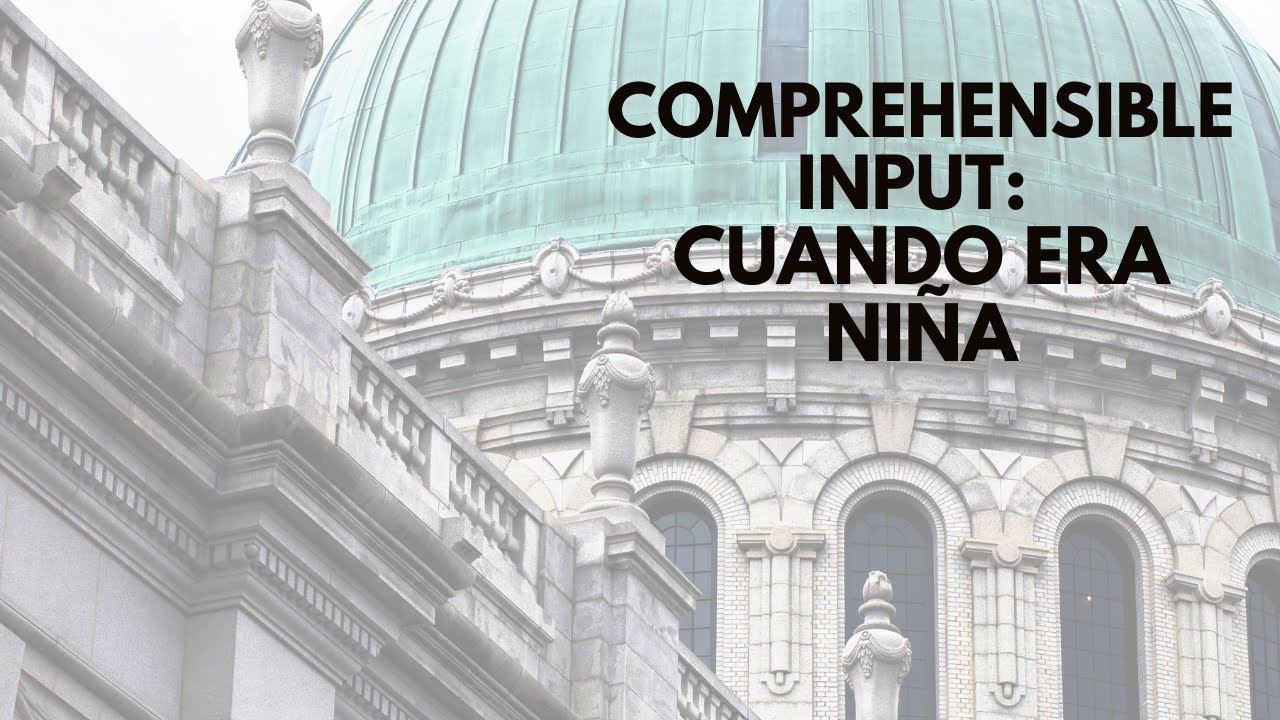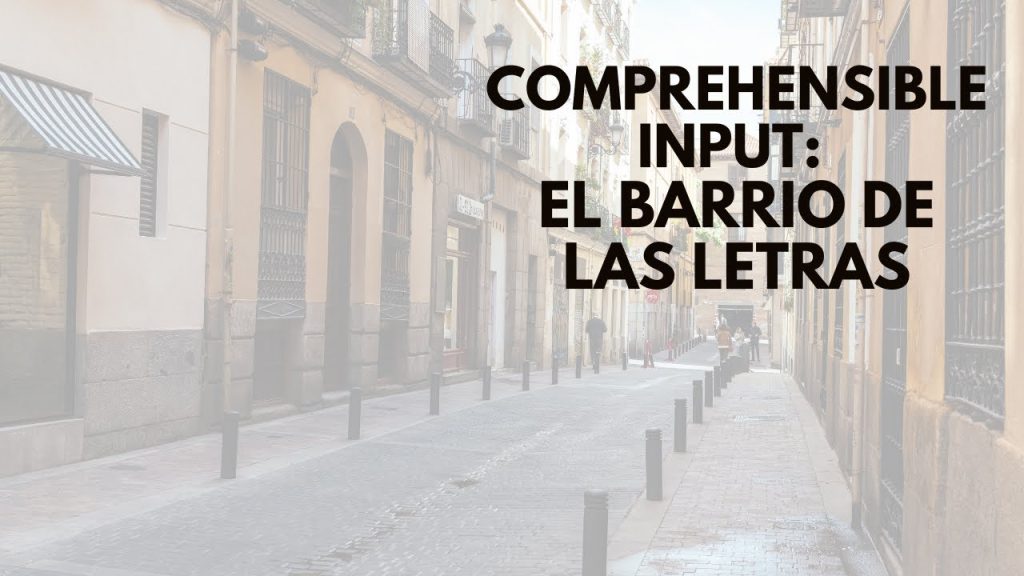
This lesson uses the approach of comprehensible input spanish to help you notice and practise the imperfect tense. Read the short Spanish story below, then use the English explanations and activities to understand how the imperfect works and to create similar sentences about your own past.
Historia en español
Yo vivía en Annapolis. Mi padre era profesor en la Academia Naval. Yo iba a las clases de mi padre todos los sábados. Después, íbamos a la biblioteca donde leíamos un libro. Después, salíamos a un restaurante juntos. Me gustaba mucho vivir en Annapolis.
What the story shows: key ideas in English
This short story is a perfect example of the imperfect tense. The imperfect is used for: habitual or repeated actions in the past, background descriptions, ongoing past states, and actions that set the scene. Each sentence below shows one of those uses.
Sentence by sentence breakdown
- Yo vivía en Annapolis. — vivía is the imperfect of vivir. It describes a past ongoing state: I used to live / I lived (habitually) in Annapolis.
- Mi padre era profesor en la Academia Naval. — era is the imperfect of ser. It gives background information: my father was a professor (habitual or descriptive).
- Yo iba a las clases de mi padre todos los sábados. — iba is the imperfect of ir. The phrase “todos los sábados” shows a repeated, habitual action: I used to go every Saturday.
- Después, íbamos a la biblioteca donde leíamos un libro. — íbamos (ir) and leíamos (leer) in imperfect: repeated action and what we were doing there.
- Después, salíamos a un restaurante juntos. — salíamos (salir) describes a habitual outing: we used to go out to a restaurant together.
- Me gustaba mucho vivir en Annapolis. — gustaba (gustar) + infinitive vivir: describes a general feeling or preference in the past.
Imperfect conjugation from the video
- vivir: yo vivía
- ser: yo era
- ir: yo iba
- leer: nosotros leíamos
- salir: nosotros salíamos
- gustar: me gustaba
Practice activities and directions in English
Use the sentences above as models. Try these activities to make the input meaningful and personalised. Practise with the goal of producing similar sentences about your own past.
- Translate each Spanish sentence into English and notice why the imperfect is used.
- Create six sentences about your childhood using the imperfect. Start with models like: Yo vivía en…, Mi madre era…, Yo iba a…, Íbamos a…, Salíamos a…, Me gustaba…
- Answer these questions in Spanish with full sentences:
- ¿Dónde vivías cuando eras niño o niña?
- ¿Qué hacías los fines de semana?
- ¿Con quién salías a comer?
- Record yourself reading the Spanish paragraph and your own sentences. Listening to and producing comprehensible input spanish will help you internalise the imperfect.
Try adapting the story
Write your own short paragraph in Spanish (4 to 6 sentences) describing your life when you were younger. Use at least three imperfect verbs. Keep the language simple and focus on meaning.
Practise regularly with personalised content. The more you use comprehensible input spanish in contexts that matter to you, the faster the imperfect will become natural.
Building Proficiency for World Language Learners: 100+ High-Interest Activities
Discover over 100 dynamic activities to make world language learning interactive and fun. I wrote this book with some of my favorite activities for educators aiming to build proficiency with high-impact strategies.
Learn more and get your copy here.
5 Weeks of No and Low Prep Fun
Need quick, engaging activities for your class? This free guide includes 25 no-prep and low-prep ideas to save time while keeping students excited about learning.
Download your free copy now.

